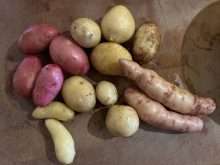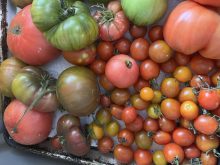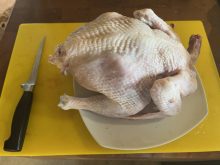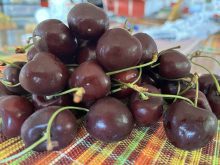One summer day I was picking potato bugs in my little patch of community garden when a young mother came along with a babe in a stroller and another on the way. She asked what I was doing and a conversation ensued:
Her: “Where do you get the potatoes?”
Me: “I got these potatoes from a friend. They’re fingerlings.”
Her (perplexed): “But where do you get the potatoes?”
Me (perplexed): “The potatoes are underground. You dig them in the fall.”
Read Also
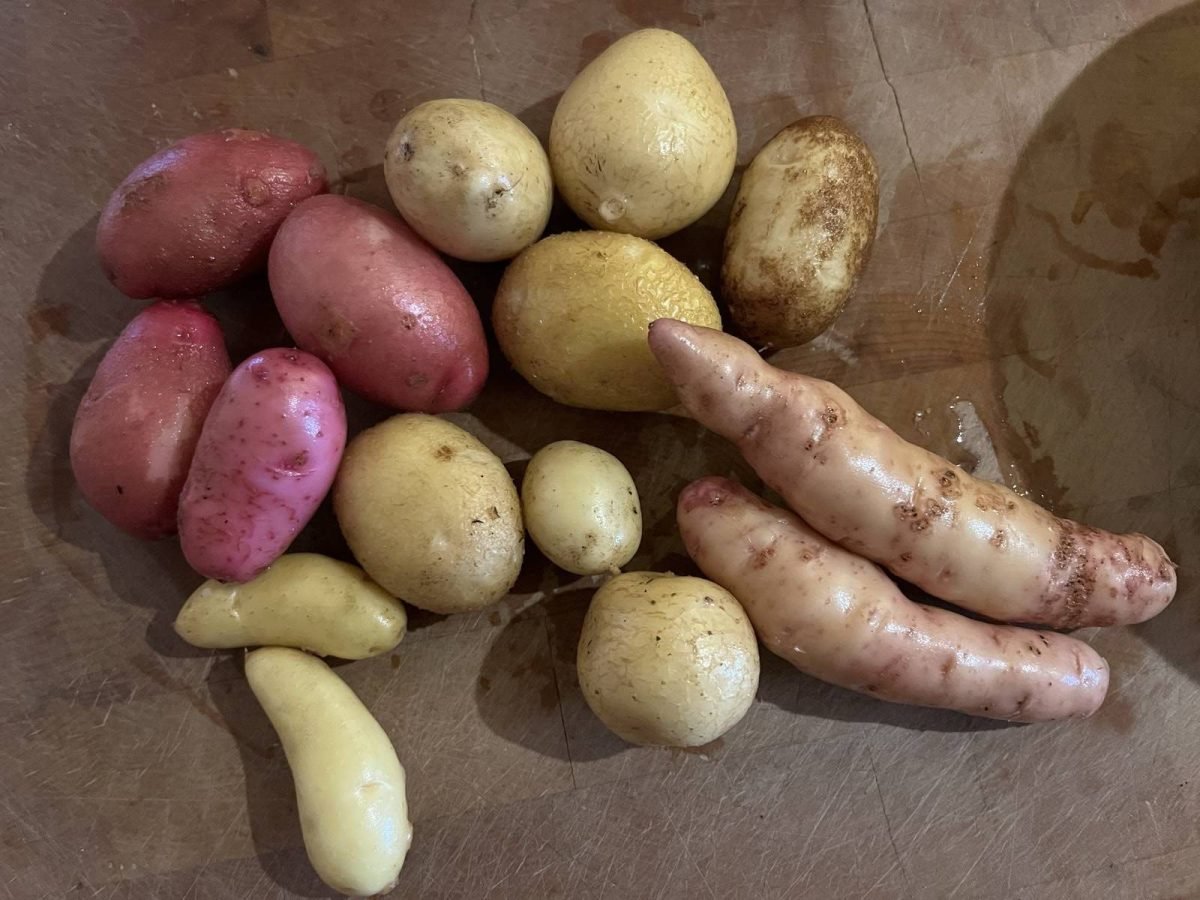
Putting down roots, part 2: Potatoes
Saskatchewan author and chef dee Hobsbawn-Smith offers a retrospective on the potato’s cultural journey from the Americas to Europe and back, and a recipe for butter-basted baby potatoes with rosemary.
Her: “Cool!”
We both learned something that day. As for me, I learned that not everyone grows up planting and picking (and sprouting) a farm-sized garden patch of potatoes. Which got me thinking, the potato is a mysterious thing.
In the wild, the potato is bitter and toxic. Over many centuries, and perhaps millennium, the farmers of the high Andes used selective breeding to produce many varieties of potatoes that won’t make you sick.
How exactly does that happen? “Here, junior, try this one. How do you feel? Oh, OK, back to the drawing board…”
When the potato arrived in Europe (with the Spanish explorers) no one would eat it. Doctors warned the potato could cause leprosy and gout because it looked like it had leprosy and gout. Clerics called it ungodly because it wasn’t mentioned in the Bible.
The famous French gourmand Brillat-Savarin dismissed it out of hand, “I know of nothing more eminently tasteless.” In 1748, the parliament of France passed a law against eating a potato of any kind.
Yet it was the French who rescued the potato. Around the year 1770, the humble potato won a competition to identify the best “food substances capable of reducing the calamities of famine.”
French nobility adopted the potato, serving fancy dinners with potatoes in every course. Marie Antoinette was apparently very fond of them. Perhaps if she had said, “Let them eat spuds,” she would still have her head.
There’s a story that the royal potato patch was watched by armed guards for the express purpose of hoodwinking the peasants into making off with some in the middle of the night, thus overcoming their deep suspicion of the spud.
Nutritionally, a potato eaten with a bit of dairy has all the nutrients we need to live. An acre of potatoes is four times more productive, in terms of calories, than an acre of wheat.
Peasants who embraced the potato grew healthier and lived longer than they did on a traditional diet based on grain.
It’s a sad twist of history that, because the Irish ate more potatoes than anyone else, there were naturally more of them to suffer from the loss of them during the Great Potato Famine of 1845.
Nowadays, the potato is the most consumed vegetable in North America. We eat more potatoes in Canada than all other fresh vegetables combined. It’s dinner central around the world.
Thus we have potato perogies, shepherd’s pie, potato salad, poutine, colcannon, curry aloo, latkes, lefse, raclette, gnocchi, samosas, spudnuts, tartiflette, vichyssoise, french fries and this Swiss-style hash brown called rösti.
Swiss Rösti
- Leftover baked or boiled potatoes
- 1-2 green onions, sliced (optional)
- Salt and pepper
- Vegetable oil
- Grated cheese of any sort
Peel and grate the potatoes. Mix with green onions and season with salt and pepper. Pour a sheen of oil into a frying pan and bring to medium-high heat. Press the potatoes into the pan. Fry the potatoes until the bottom is brown and crispy, then turn them over and fry the other side until crispy. Sprinkle on the cheese. Turn off the heat, cover the pan and leave a few minutes until cheese is melted. Serve hot.



